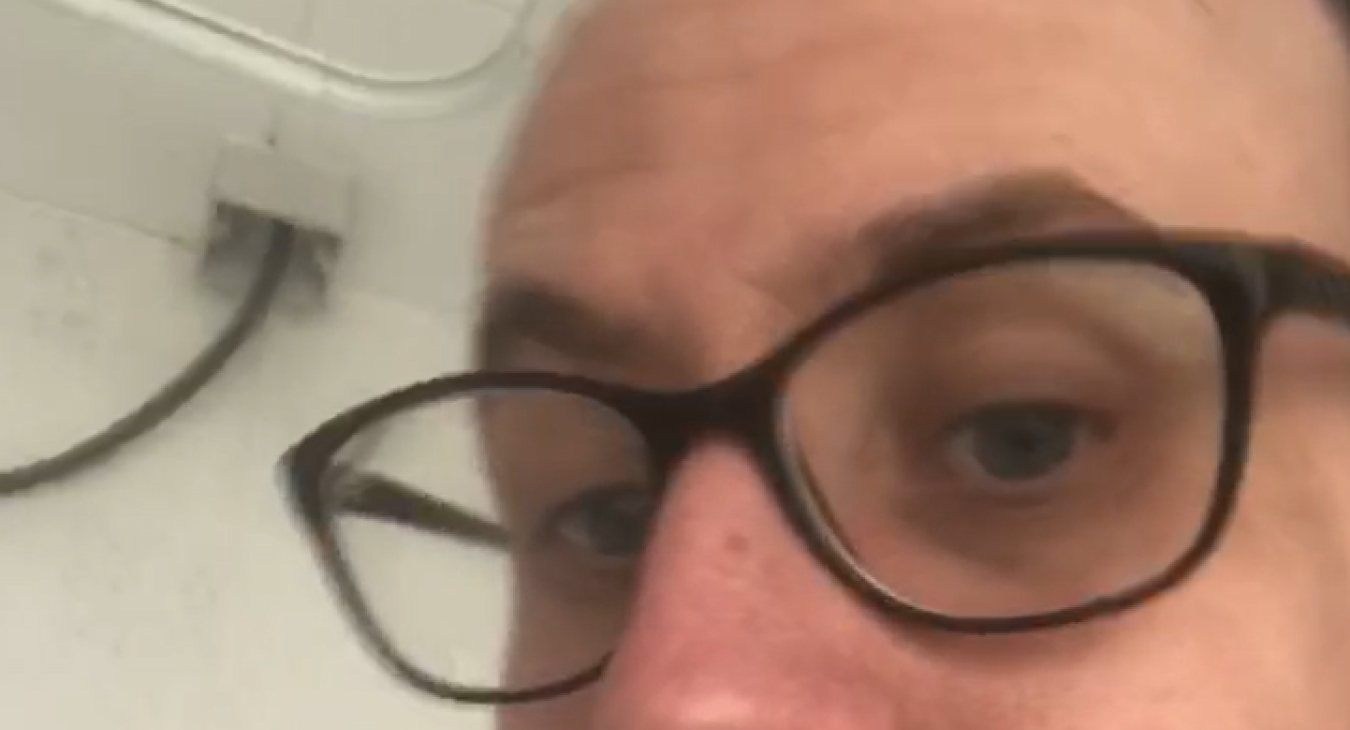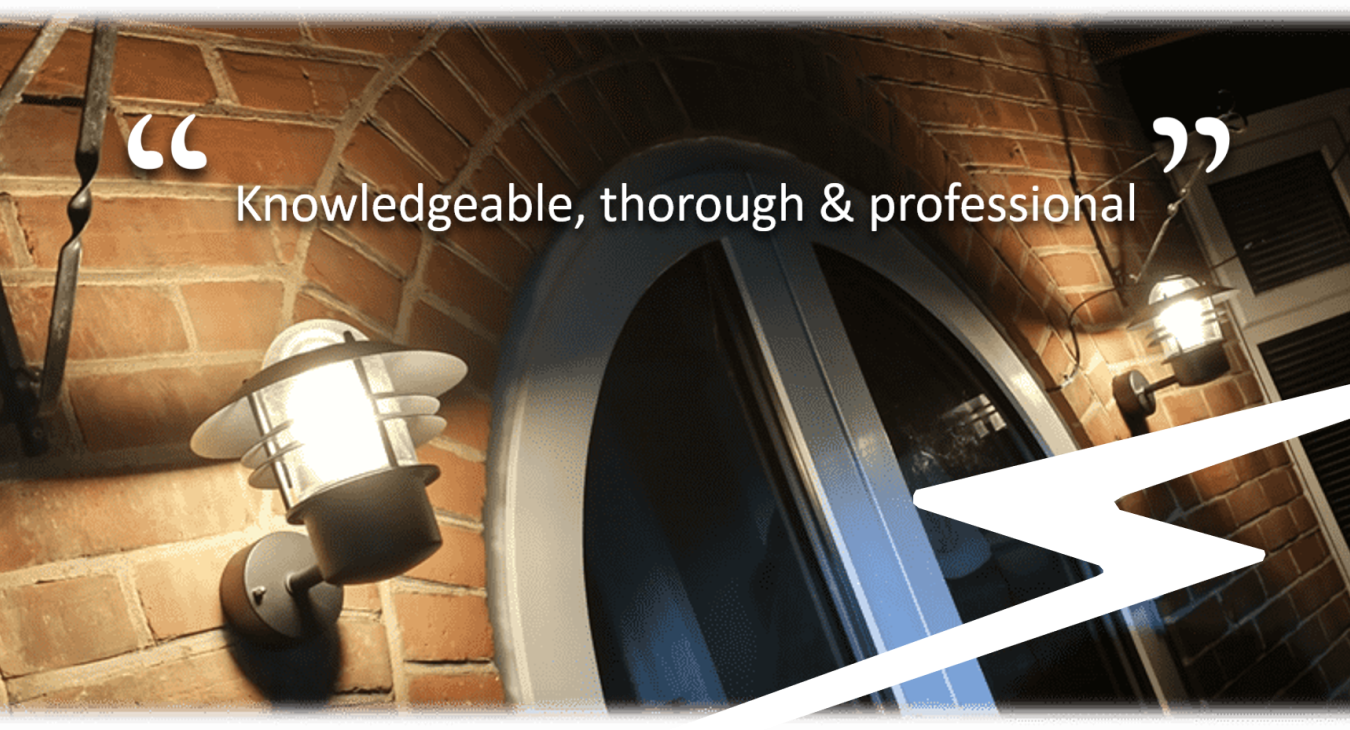How to wire a shower isolator switch (2024)
In this article we're going to give you a step by step explanation of how we would wire a shower isolation switch. Let's get straight into it
Wiring an electric shower isolator switch: First things first
The harsh reality is, if you're reading this you're likely an apprentice or a DIYer. If you're an apprentice - make sure your QS checks your work. If you're a DIYer - please, please make sure an electrician checks your work. If you're wondering why, look no further. Wiring a shower switch is one of the more challenging things to do in a residential property, even though it may look straight forward at face value.
The shower switch enclosure
Moving on, you will be faced with either a one-gang version (square) or a two-gang version (rectangle) shower switch. For both types, make sure the metal backbox/ dryline pattress / plastic surface pattress is a deep version (48-52mm). Trust us, you will need the room.
Things to look out for:
- Maintaining IP rating of the shower switch enclosure
- Preferably leaving sheathed slack on the outside of the enclosure for future isolator replacements and maintenance
- Mark the cables supply and load on the sheathing (S&L) on the final inch as the sheath enters the enclosure on the inside
- Leave 150mm of both cables inside the enclosure, to be trimmed down core by core once you correctly orientate the isolator
Orientate the shower isolation switch
Orientate the isolator screw holes to lugs, note that turning the isolator 180 degrees can sometimes be beneficial, depending on the arrangement.
Look for the load and supply terminals for L & N. Earth (cpc) terminals will be common ie all earth terminals on the isolator are already connected together.
The length of the shower switch wires
Offer up the cores to their relevant terminals, and trim. Generally, slightly extra length is always a good thing.
for one-gang isolators, you will likely want cables with the sheathing fully removed whilst inside the enclosure. The individual cores will likely want to be between 70-100mm in length
for two-gang isolators, you will likely want cables with the sheathing fully removed whilst inside the enclosure. The individual cores will likely want to be between 90-120mm in length
Things to look out for:
- Do not cut into the single insulation of individual cores whilst stripping the sheath
- Start to introduce bends into the cores for when the isolator is fixed back. Fixing the isolator front back to its enclosure should not be a wrestling match if done correctly.
The length of the cores and wiring the shower isolator switch
Each isolator will be slightly different so you will want to depth gauge the terminals to see how much copper to expose. Do not 'ring' the conductors.
Start to terminate the copper cables. Because of the thickness of these conductors (6mm+), you will want to retighten the terminals in 20-60 minutes, owing to copper's soft properties allowing it easily change shape and become loose again.
Do not miss this step: Tug test every core. If it's comes out of the terminal, you'll need to do it again.
Do not miss this step: rotate the shower switch 90 degrees in both directions. If a core comes out of a terminal, you'll need to do it again.
Things to look out for:
- Do not overexpose copper beyond the terminal itself
- Do not trim cores down to make them thinner, and ensure the entirety of the core makes it inside the terminal and is clamped down on
- be careful not to tighten the terminals on the insulation
- Be careful of overtangling the cores, wrapping them across each other, and crossing each other too many times in the same area
- Ensure you are using a torque screwdriver, set to not exceed the manufacturer's torque ratings provided in the instructions
- Leave the isolator to rest, and allow the copper cores to take their new shape inside the shower isolator terminals
retighten the terminals to the shower switch
You will likely find you will have another half turn, full turn, and possibly more that you can get on your terminals
Do not miss this step: Tug test every core. If it's comes out of the terminal, you'll need to do it again.
Do not miss this step: rotate the isolator 90 degrees in both directions. If a core comes out of a terminal, you'll need to do it again.
Things to look out for:
- See above
- Screw the front of the shower isolator onto the enclosure
- With the cables neatly dressed, and correct bends introduced, this should be a doddle. As you push the isolator into its enclosure, you can slightly rotate the isolator to help ease the cores in.
- Line up the holes to the lugs, and fix back with 3.5mm electrical screws. Do not cross thread. If the lug is inherently tight to screw into, you may find a 3.5mm rethreading tool is of a particularly priceless importance right about now.
Testing & Certification for the shower switch
For all electrical work, even simply a like-for-like replacement, we should be testing the circuit as if we were going to draw up a Minor Works Certificate. This would include, for instance, details about the incoming protective device, overcurrent device, additional protection, wiring size and type, wiring polarity, and test results such as an external earth fault loop impedance reading, an internal R1R2 (and preferably an R1Rn) reading, RCD trip time, and a fair bit more! These checks are all necessary to take a snapshot of the health of the electrics, to highlight any issues to safety.
So even after all the heartache of fitting the isolator, you will need professional scientific test equipment to carry out the final stages. Which is why, for us, a lot of our clients just think "lets get someone who does it day in, day out, to do it"
And there you have it, ladies and gentlemen, a fully fledged step by step guide for anyone looking to find out how to wire a shower isolation switch












